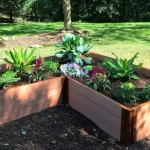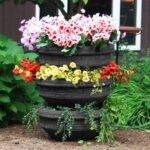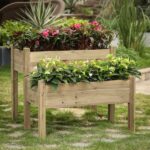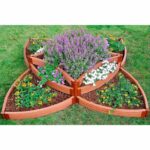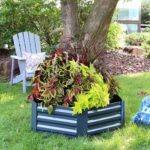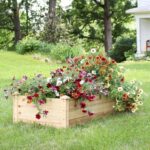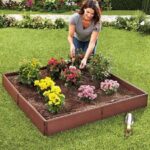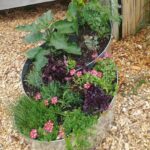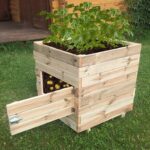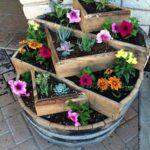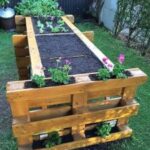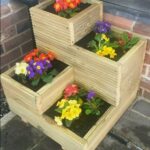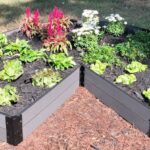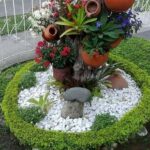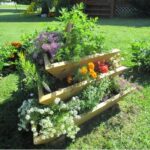Raised bed gardens are a popular choice for many gardeners due to their numerous benefits, such as improved drainage, decreased soil compaction, and easier access for planting and weeding. However, creating the perfect raised bed garden layout can be a daunting task. Here are some tips to help you design a functional and visually appealing raised bed garden.
First, consider the size and shape of your raised beds. The ideal width for a raised bed is around 4 feet, as this allows for easy access from both sides while also ensuring that you can comfortably reach the center of the bed without stepping on the soil. The length of the beds can vary depending on your space constraints, but a length of around 8-12 feet is typically ideal.
When planning the layout of your raised beds, consider the amount of sunlight each area receives. Most vegetables require at least 6-8 hours of sunlight per day, so make sure to orient your beds in a way that maximizes sun exposure. Additionally, consider the proximity of trees or buildings that may cast shade on your beds and plan accordingly.
Next, think about the spacing between your raised beds. Leave enough room between each bed to allow for easy passage and maintenance. A common rule of thumb is to leave at least 2-3 feet of space between beds, but you may need to adjust this depending on the size of your garden and the size of the plants you are growing.
When planting in raised beds, consider the height of the plants and their growth habits. Taller plants, such as tomatoes or corn, should be planted on the north side of the beds to prevent them from shading shorter plants. It’s also a good idea to group plants with similar watering and soil nutrient requirements together to make maintenance easier.
Finally, consider adding trellises, cages, or other supports for vining plants such as peas, cucumbers, or beans. This will help keep the plants off the ground, improve air circulation, and make harvesting easier. You can also incorporate pathways or stepping stones between the beds to provide easy access and prevent compaction of the soil.
By carefully planning the layout of your raised bed garden, you can create a functional and productive growing space that will provide you with a bountiful harvest for years to come. Take the time to consider the size, shape, orientation, and spacing of your beds, as well as the needs of the plants you are growing, and you will be well on your way to creating the perfect raised bed garden layout.
 redboth.com Decoration ideas for your home
redboth.com Decoration ideas for your home




